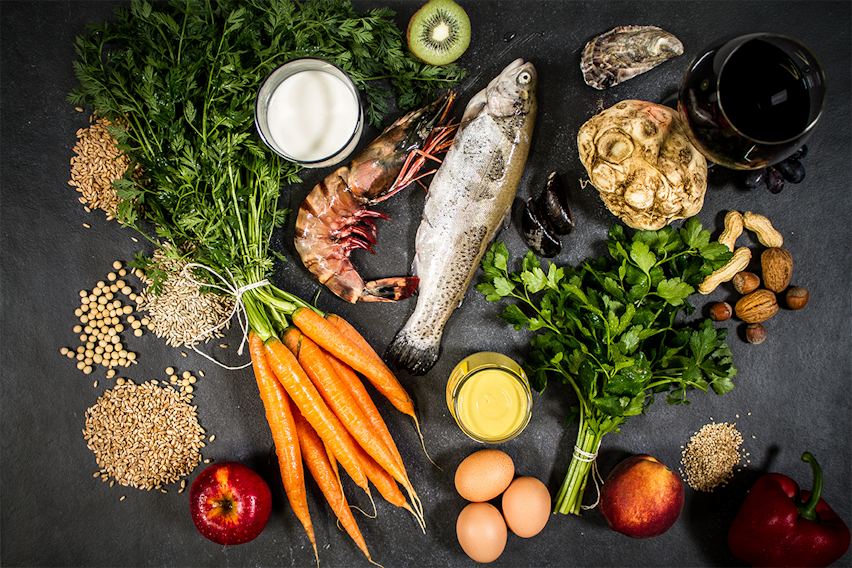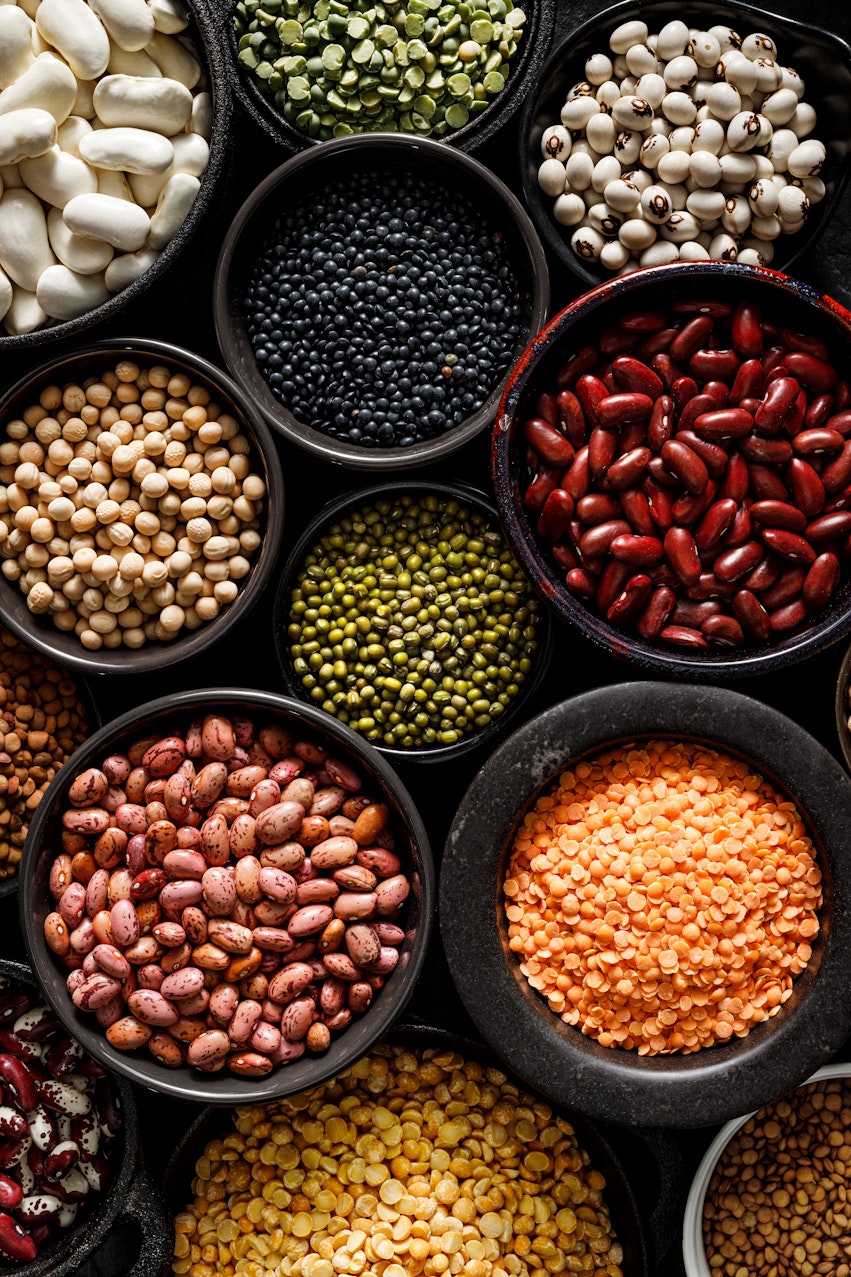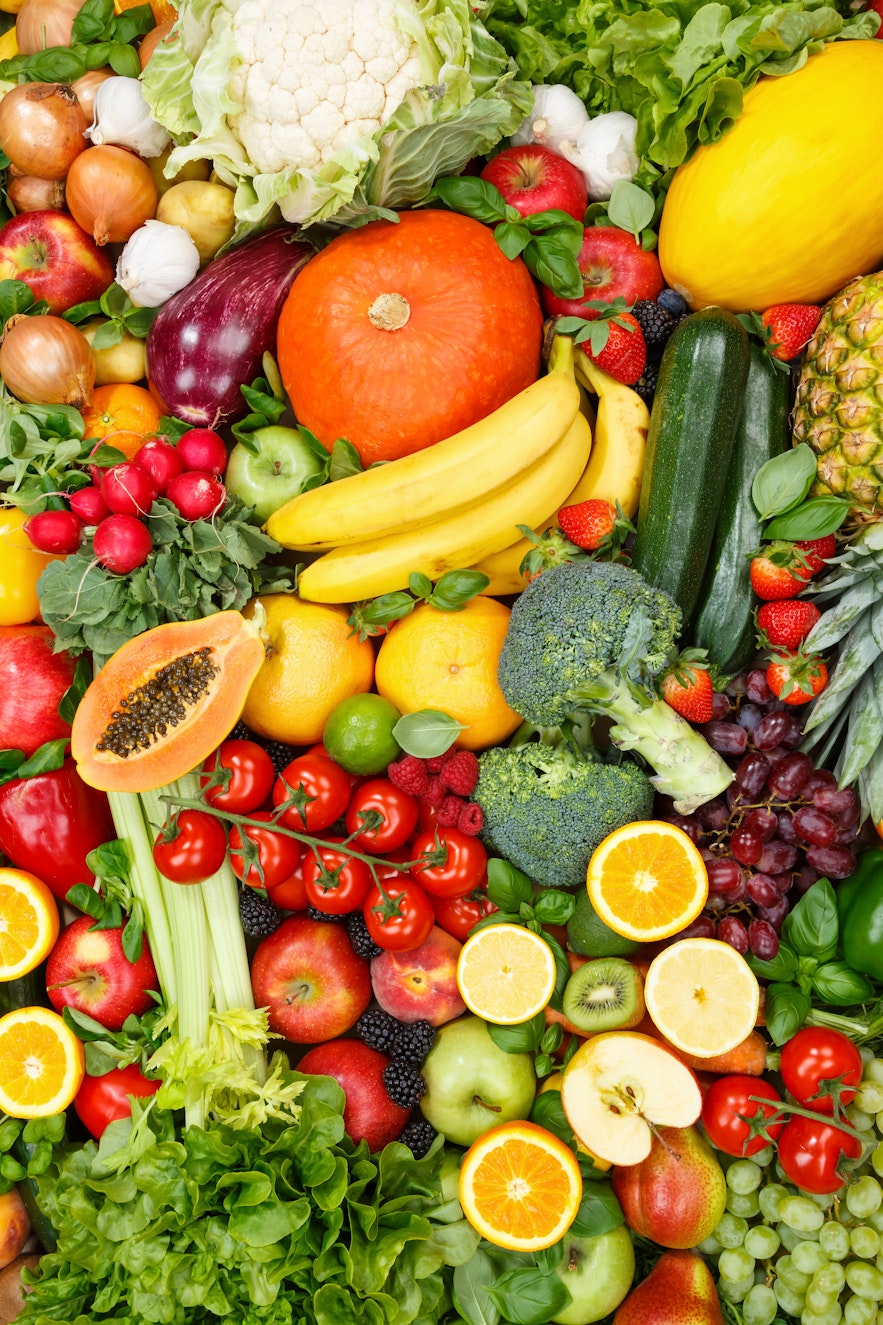Cross reactivity and allergies

Cross reactivity is when a person with an allergy to a specific food or substance suffers similar allergic reactions to other foods with a similar protein structure.
In addition to the 14 major food allergens there can also be cross reactivity for an allergy to latex, and dust mite cross reactivity, so we’ve rounded up all the foods people with those allergies need to look out for...
Celery
Celery is part of the Umbelliferae family, a flowering plant family which also includes the herbs parsley, coriander and dill, as well as carrot. All these foods may be cross-reactive with Celery.
You may also be interested in…


You may also be interested in…
14 Allergens: The different Cereals containing Gluten
ReadHowever, it's celeriac root that is most likely to be cross-reactive for those people with a Celery allergy.
Mugwort pollen sensitisation is also closely linked to an allergy to Celery.
Cereals containing Gluten
People with an allergy to a particular Cereal containing Gluten - most commonly wheat, will be more likely to find cross-reactivity or also be allergic to other cereals, such as barley, rye and oats - though the exact likelihood is unknown.
People with a Cereals containing Gluten may also find themselves sensitive to other grass-plant grains such as maize and rice. Because cereals come from grass plants, people with an allergy to them may also suffer from hayfever.
Crustaceans
People with an allergy to Crustaceans such as crabs, lobsters and shrimps are most likely to suffer cross-reactivity from Molluscs - the other type of shellfish - examples of which include oysters, scallops and mussels.
Mites can be another source of cross-reactivity, so people with a Crustacean allergy may also be aggravated by dust, and in some rare cases, insects such as cockroaches.
Eggs
People with an Egg allergy may be allergic to the proteins in the white, the yolk or both. Those with an egg white allergy are more likely to also be sensitive to chicken meat. Egg allergies usually apply to other birds such as turkeys and ducks as well as hens.
To a lesser extent, those with an allergy to Eggs may also be allergic to other foods such as Soya, Milk and Peanuts, and suffer from skin reactions such as atopic dermatitis.

Fish
Parvalbumins, the proteins that trigger the allergic reactions in a Fish allergy, are more present in fish varieties with white muscle tissue than red - so white fish such as cod are more likely to cause problems than red-tissue rich fish such as tuna.
In rare cases people allergic to Fish may also find cross-reactivity with chicken meat, and collagen.
Lupin
Those with a Lupin allergy may find cross-reactivity with legumes such as Peanuts, lentils, peas and beans.
Milk
Milk from other mammals such as goats, sheep and buffalo are likely to cause cross-reactivity for those with an allergy to cow's Milk.
In some cases, raw beef may also be cross reactive.
Molluscs
People with an allergy to Molluscs such as oysters, scallops and mussels are most likely to suffer cross-reactivity from Crustaceans - the other type of shellfish - examples of which include crabs, lobsters and shrimps.
You may also be interested in…


You may also be interested in…
14 Allergens: The Different Types of Tree Nut
ReadMites can be another source of cross-reactivity, so people with a Mollusc allergy may also be aggravated by dust, and in some rare cases, insects such as cockroaches.
Mustard
Hayfever is common among those with a Mustard allergy, as there is cross-reactivity with mugwort pollen.
People with an allergy to Mustard should also be wary of apples, peaches, pears, apricots and other fresh fruits.
Cabbage, cauliflower, broccoli are also in the botanical Brassicacae family alongside Mustard, and may be a cause of sensitivity for those with a Mustard allergy.
(Tree) Nuts
Those with a (Tree) Nut allergy may be allergic to one type of Nut or several - these include almonds, walnuts, pistachios and macadamias.
Some of these nuts are more cross reactive with each other than others - you can see which in our guide to (Tree) Nuts.
Peanuts and other legumes may also be a source of cross-reactivity, and pollen may be another trigger.
Peanuts
Peanuts are a legume, and so can be cross reactive with other legumes - among them peas, lentils and beans.
Because of a likeness in protein structure to (Tree) Nuts, people with a Peanut allergy may also react to almonds, Brazil nuts, cashews, hazelnuts, macadamia nuts, pistachios and pecans.
Those with a Peanut allergy may also be more prone to having a latex allergy.
Sesame
People with a Sesame allergy may experience cross-reactivity with hazelnuts and the cereal rye, as well as several types of seed - poppy seeds in particular. Eczema sufferers may also find themselves prone to allergies, including Sesame.

Soya
Certain fruits (apples and cherries) and vegetables (carrots) have cross-reactivity for those with an allergy to Soya, as well as legumes such as Peanuts, lentils, beans and peas.
Sulphur Dioxide
Those with asthma may experience allergy-like symptoms when they consume food or drink containing Sulphites.
Pollen

A large number of foods might trigger oral allergy syndrome symptoms in those with an allergy to pollen, due to cross-reactivity.
These foods are mainly raw fruits, vegetables and nuts, and include:
- Almonds
- Apples
- Bananas
- Carrots
- Celery
- Cherries
- Cucumbers
- Hazelnuts
- Kiwis
- Melons
- Oranges
- Peaches,
- Pears
- Plums
- Tomatoes
Latex
Latex allergies are fairly common, and often associated with other allergies - particularly to plant-derived foods. This is known as latex-fruit syndrome. In this case many foods might be cross reactive and trigger allergic reactions.
They include:
- Avocados
- Bananas
- Chestnuts
- Figs
- Kiwis
- Peaches
- Pears
- Peppers
- Pineapples
- Pumpkins
- Rye
- Sage
- Strawberries
- Tomatoes
Dust
People with an allergy to dust mites might experience an allergic reaction after eating foods such as cakes, pancakes, pizza and other dishes made from grain flour. This is not necessarily down to cross-reactivity but because the mites can contaminate the grain flour.
You may also be interested in…


You may also be interested in…
What to do if your Customer has an Allergic Reaction: Full Guide
ReadYou may also be interested in…


You may also be interested in…
What’s the Difference Between Allergy and Intolerance?
ReadYou may also be interested in…


You may also be interested in…


